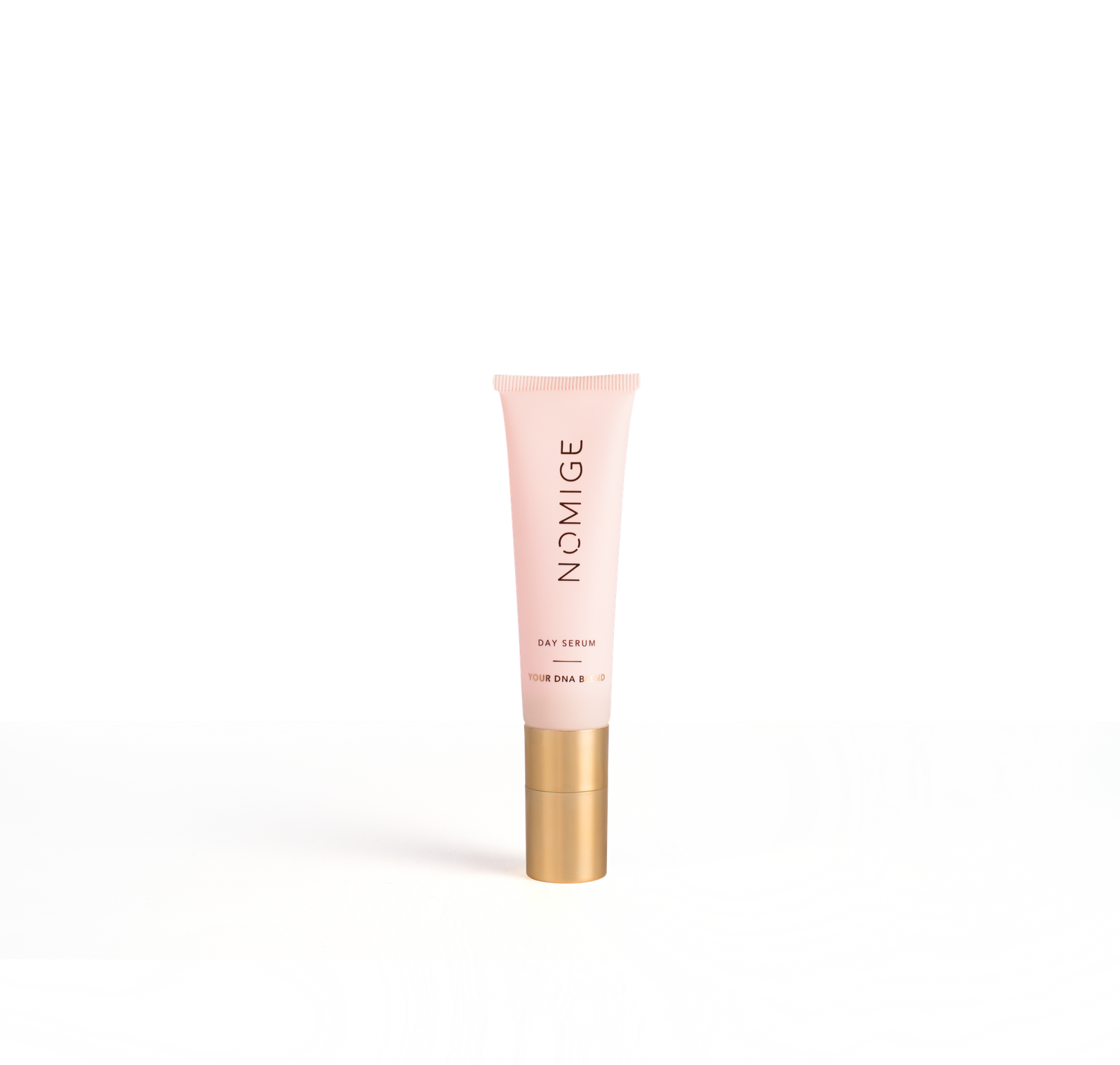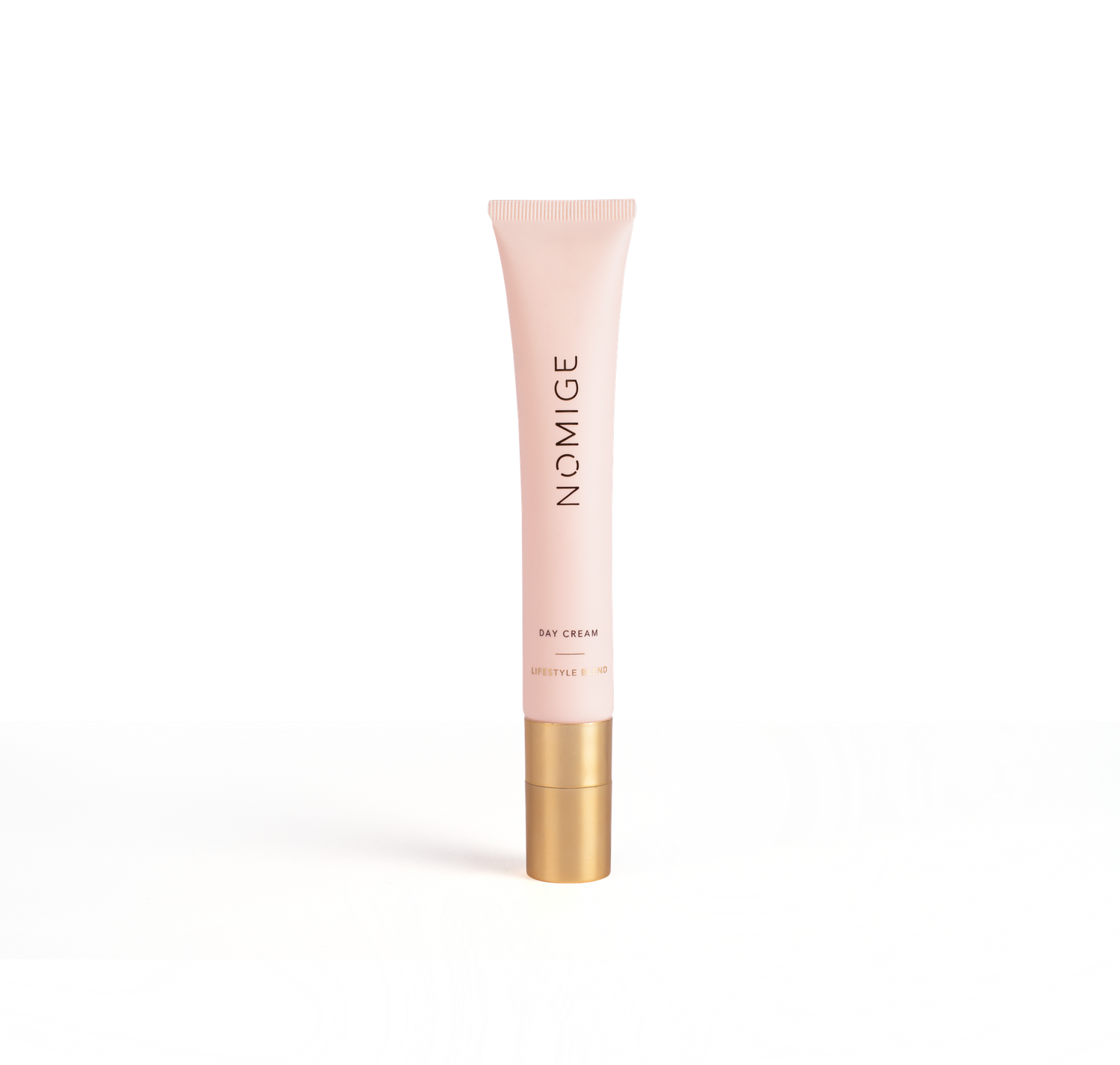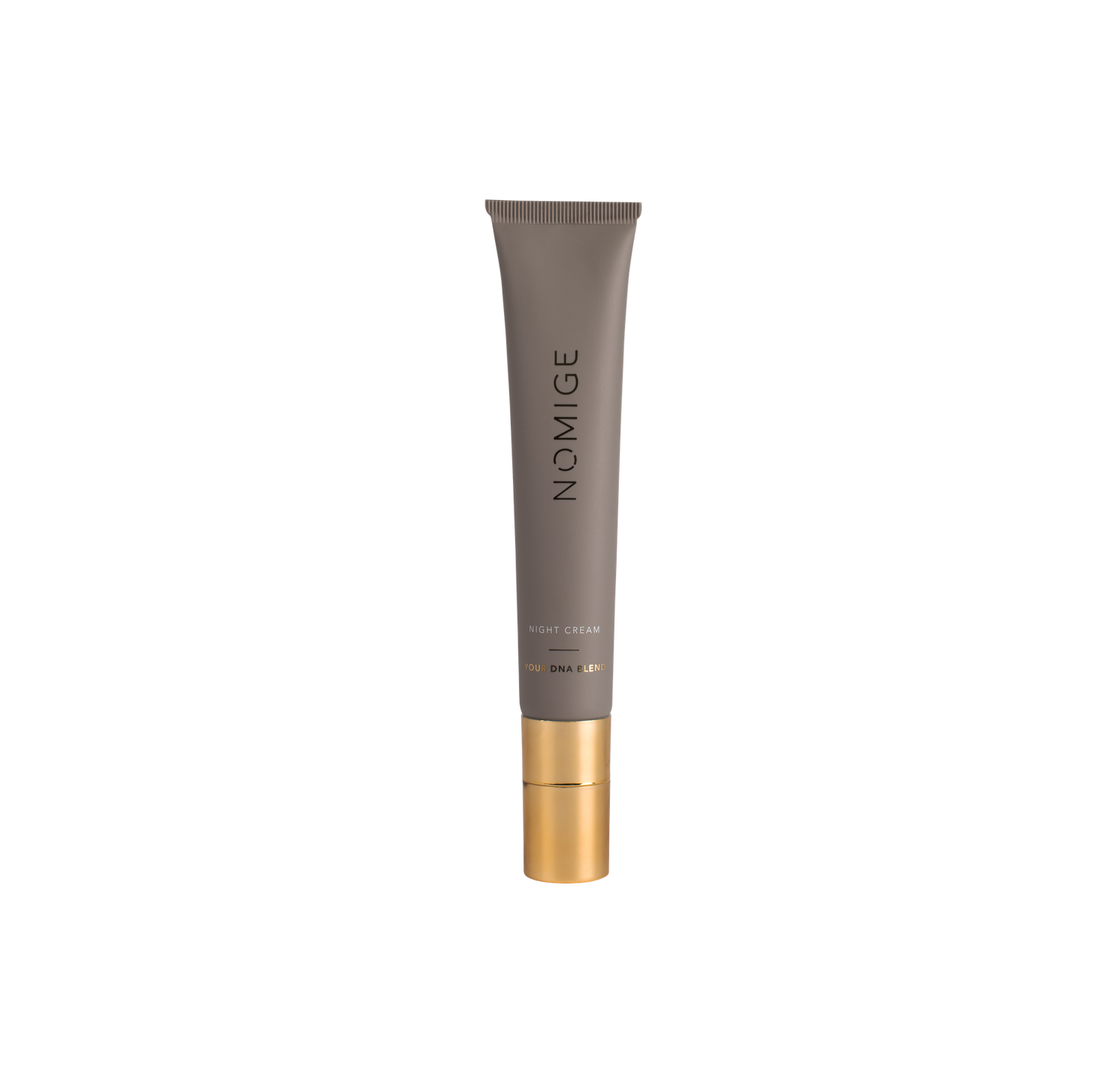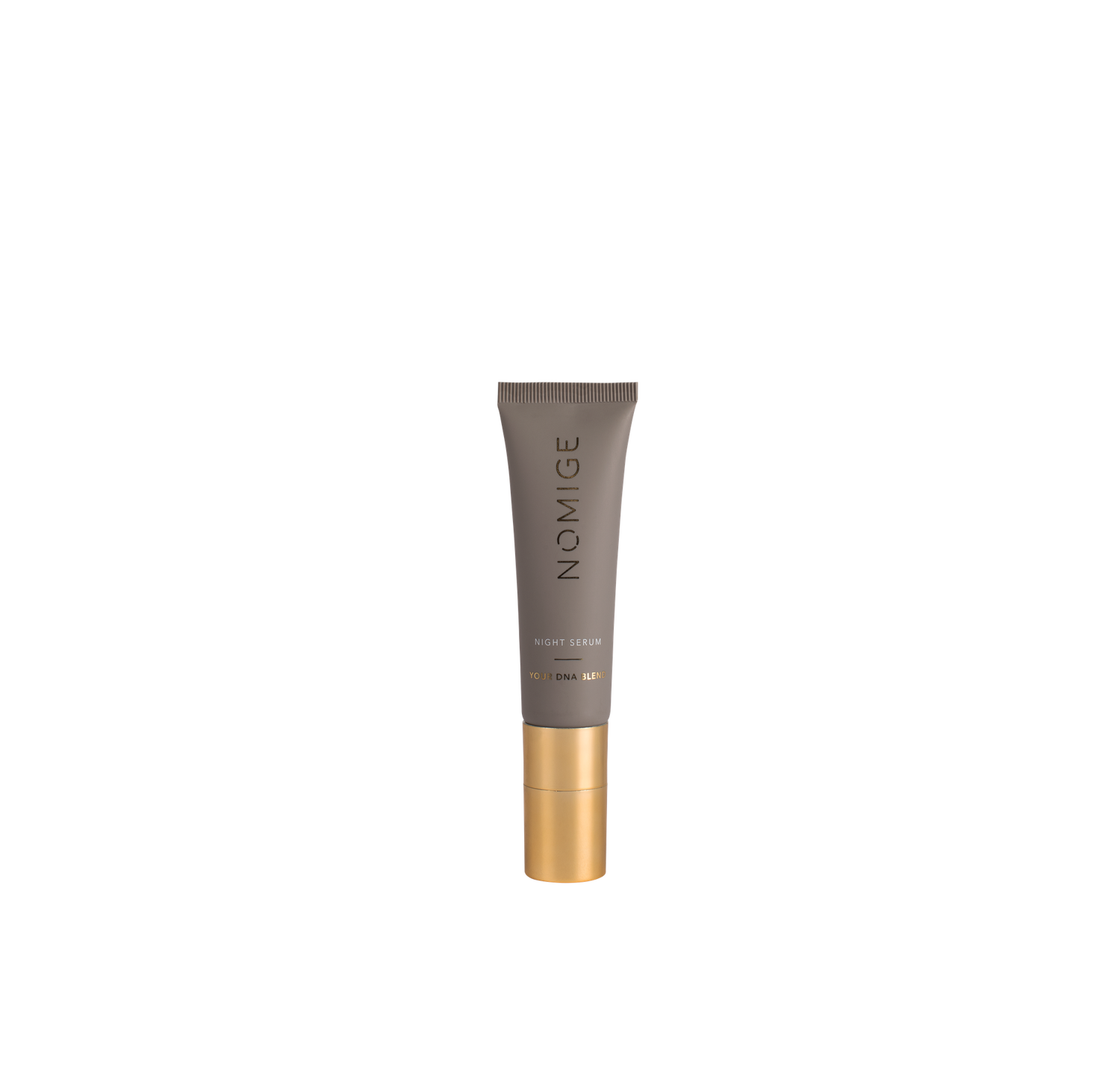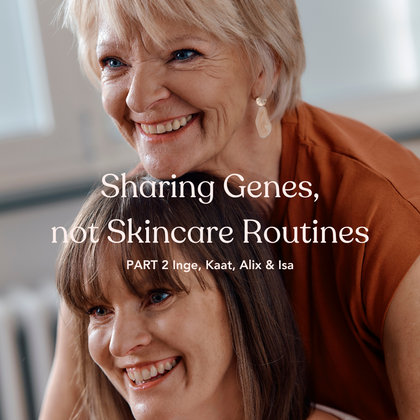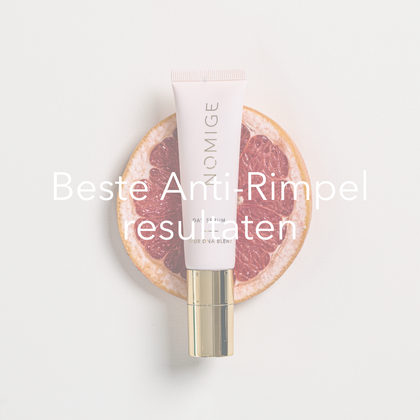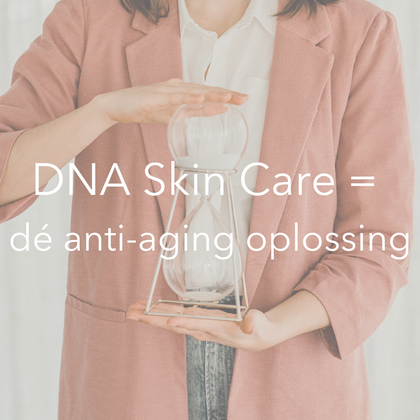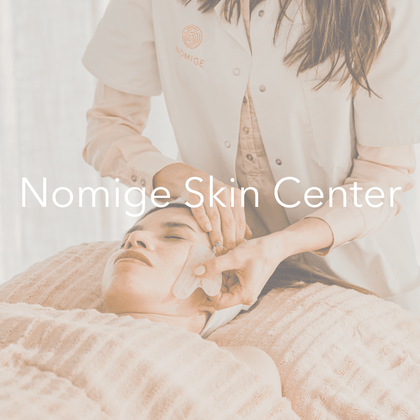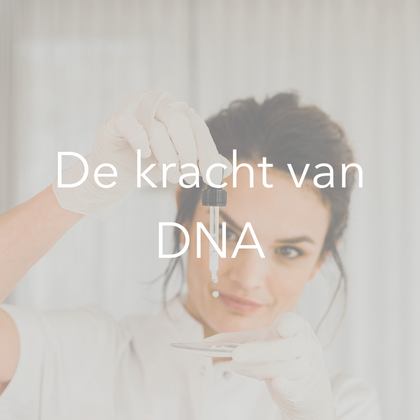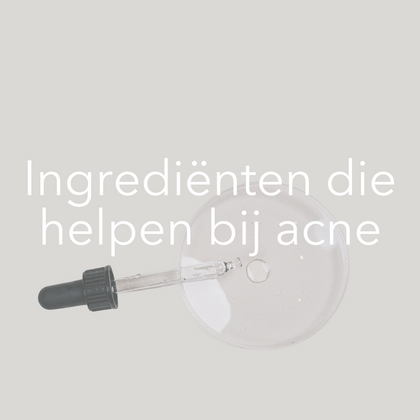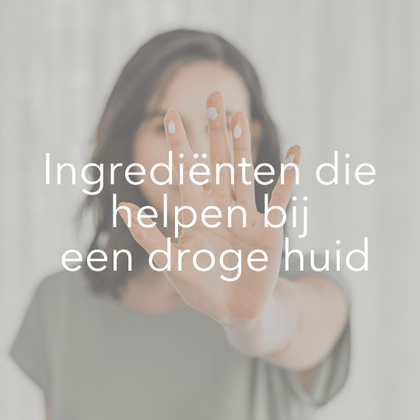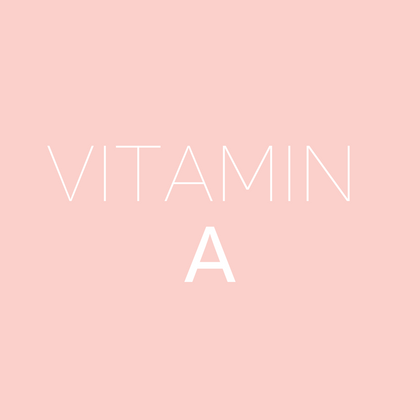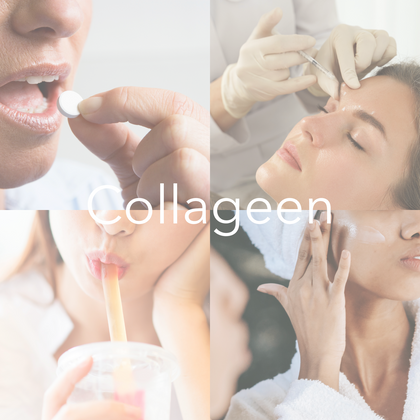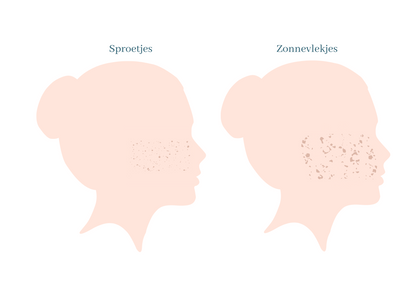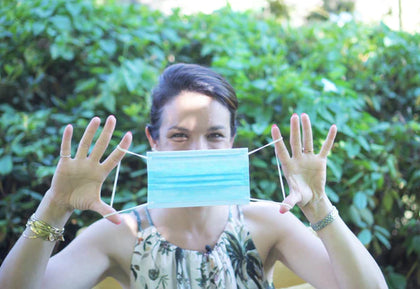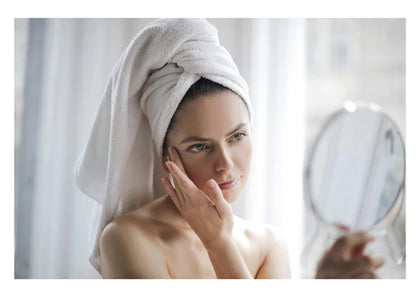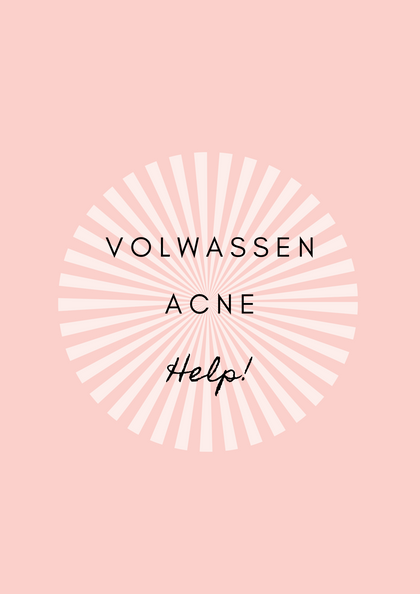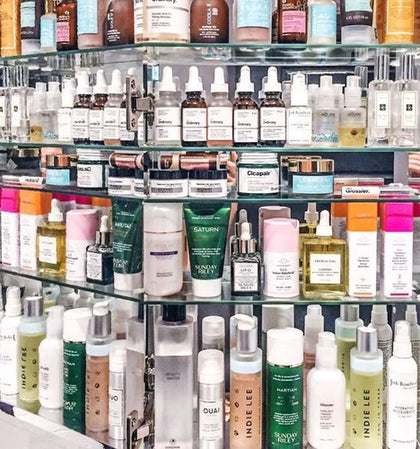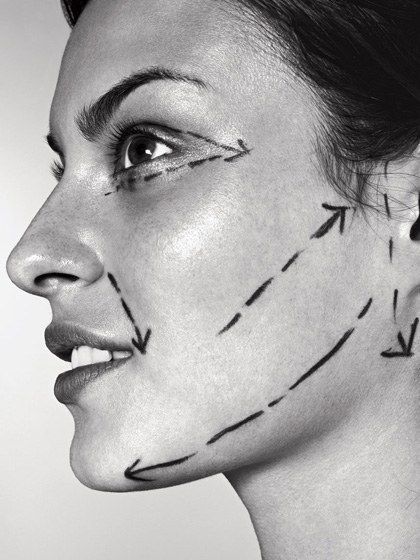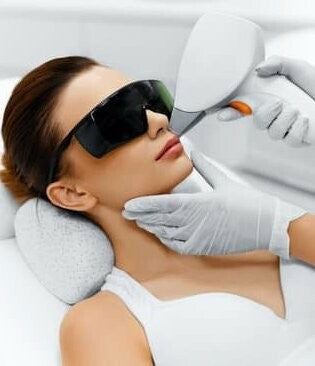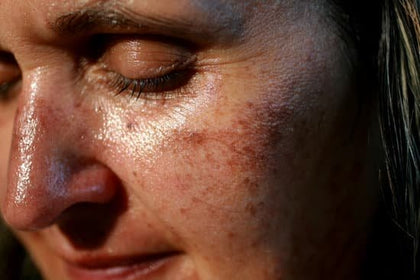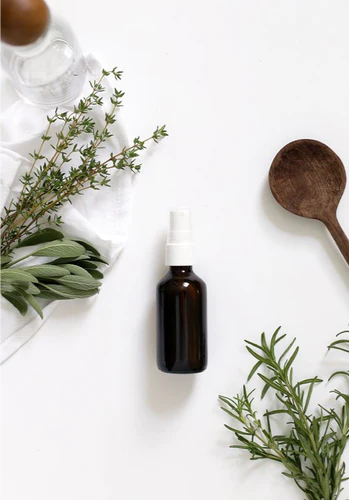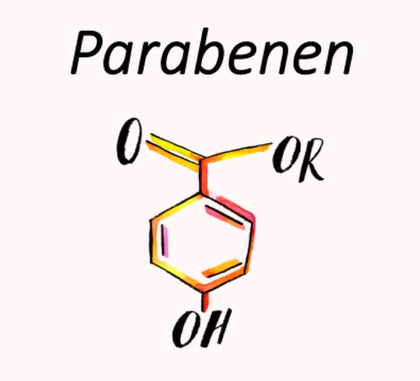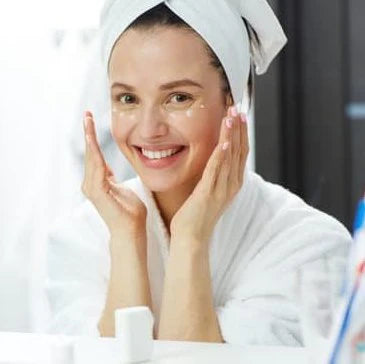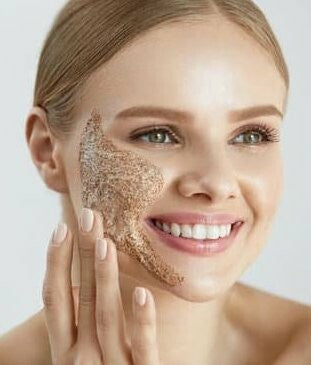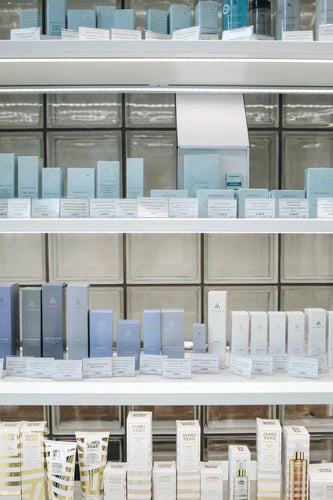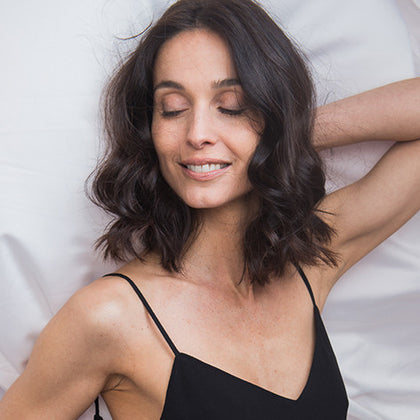Reading ingredients: 3 ways to hydrate your skin
Good skin hydration is important to keep your skin looking radiant. But did you know that there are different ways to hydrate your skin? Depending on the ingredients in your product, you can also check how a product hydrates. We explain it simply in the blog below
Water is essential for the functioning of the skin. So it is in your best interest to keep your skin hydrated. The top layer of your skin or stratum corneum is especially important. This protects you from drying out and prevents water from evaporating from the skin.
You hear it often, you have to hydrate your skin well. Especially now, in the winter. But how do you do that exactly? How can you know if a cream is hydrating, and if so, in the right way?
Hydrating means: you increase or maintain moisture balance . A beautifully hydrated skin looks healthier and shows fewer wrinkles. You can naturally have a beautifully hydrated skin, but by external factors (such as winter, dry air, use of the wrong products) can cause this fluid balance out of balance are. The message is to make some adjustments with the right ingredients.

But not every cream does this equally well, because there are different ways of moisturizing. There are 3 major groups of ingredients: the occlusives, the humectants, and the skin's own lipids.
-
Occlusives are ingredients that a lay a layer on the skin surface and as it were 'cover' the skin. They are fatty substances that ensure that water cannot evaporate from the underlying skin layers and is therefore collected in the horny layer. It gives the skin a good feeling of hydration, but it does not contribute constructively to the strengthening of your skin barrier. The disadvantage is that covering the skin makes your skin 'lazy'. As soon as you stop using such creams, you get the (wrong) impression that you have dry skin. So you apply more... a vicious circle. Compare it to the excessive use of lip balm. After a while you can't do without it because you always feel like you have dry lips. The best example of an occlusive cream is Nivea, but Crème De La Mer also belongs in this category. The occlusive ingredients are paraffinum liquidum, paraffin, or other mineral oils.
-
Humectants are molecules that can retain water , also known as 'hygroscopic molecules' called. Such molecules are also naturally present in and on your skin in the form of 'natural moisturizing factors'. They retain water from the air and in this way keep the skin supple and hydrated. Examples of humectants are amino acids, glycerin, hyaluronic acid, urea, ... If these ingredients are present in the cream, they will settle on and in the upper skin layer (the stratum corneum) and retain water there. Urea goes even a step further. This molecule is able to penetrate deeper into the skin and even hydrate the deeper skin layers.

- Last but not least: the skin-identical lipids . As you can already deduce from the term, these are lipids (fats) as they occur in the skin. Your skin consists of cells that are surrounded by a mix of lipids, such as c eramides, cholesterol and free fatty acids. In the right proportions they form a compact structure and therefore a intact skin barrier. When your skin barrier lacks essential lipids, you get a dry skin because water can evaporate more easily from the skin. These defects in the skin barrier can genetic cause have, or can be the result of external factors. For example, because the lipid film of the skin is affected by wrong or aggressive products or soaps. Adding ingredients such as ceramides, cholesterol and free fatty acids to your creams can contribute to constructive construction and support of the skin barrier, because these skin-identical lipids nestle where the defects occur.
In moisturizing creams you often find a combination of different types of moisturizing agents, although the use of the latter category is somewhat rarer. This is due to the higher price of these raw materials.
Which concentration of each type should be in your skin care products depends on the extent to which your skin is dehydrated and/or oily and where your specific needs are. You can easily have this measured by doing our DNA test , for example.

NL - DNA analysis & report
Would you like to learn more about the ingredients present in skin care products?
Skin care products often contain quite a few ingredients in their ingredients list. Would you like to read more about this and find out where certain active ingredients - like vitamins - good for? Then definitely take a look at our other blogs.
Follow our story
Connect with us and follow the hashtag #MyNomige to stay up to date with the latest skin tips and news.
Follow our story
Connect with us and follow the hashtag #MyNomige to stay up to date with the latest skin tips and news.
FOLLOW OUR STORY
